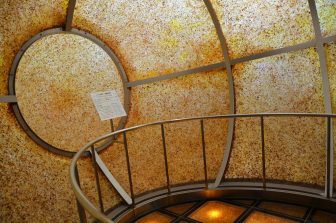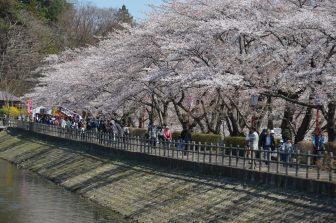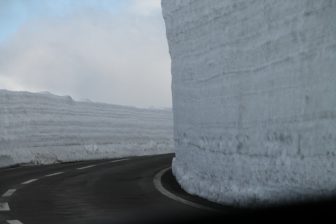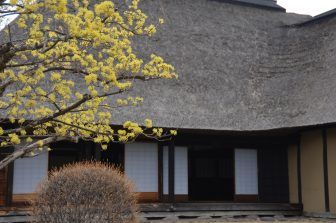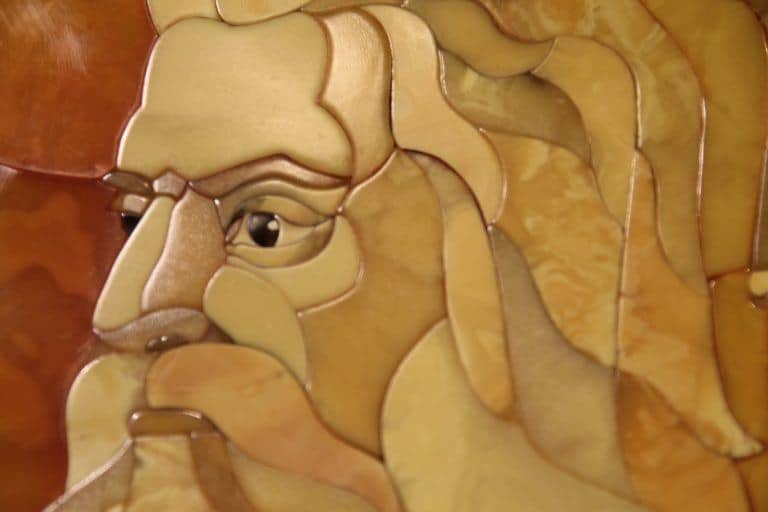
[ Apr.2017 ] My mother loves amber.
That is why we went to Gdansk in Poland together last year, but she had not been to Kuji, the most famous Japanese city for amber production, so we went there together this time.
I thought the Amber Museum was located in the centre of Kuji City, but in fact, it was in the mountain, far from the town.
The museum was fine and many things were explained well, such as how amber are made, where you can find amber, how you can tell real the amber from imitations and so on.
I had believed for some reason that they have already dug all the amber out in Kuji, but actually they were still producing a lot.
Apparently Kuji amber is older than the amber in Baltic Sea area.
Baltic amber is 40 m – 45 m years old, but Kuji amber is about 85 m years old.
The amber we usually think of are the ones from Baltic Sea which are transparent with bubbles or occasionally some insects inside, but the ones from Kuji are darker colours and not so transparent.
That reminded me of the small pendant I bought about 15 years ago when we travelled in Touhoku region in Japan at a shop in the hotel, which was sold as Kuji amber.
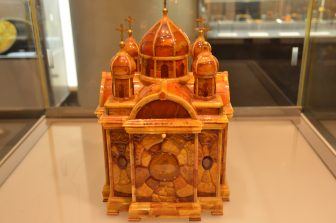
At the museum, it happened that they were holding the special exhibition called “Catherine the Great – the amber art which the Empress loved”.
According to the leaflet, Catherine, the Russian empress of the 18th century loved amber like my mother and she completed ‘the Amber Room’ in the Catherine Palace near St. Petersburg.
This original Amber Room was stolen by the German Forces during the second world war and taken to current Kaliningrad which in those days was ruled by Germany.
And after that, they say that it was destroyed by the air strike by the British forces.
At the Catherine Palace, they started restoring the Amber Room in 1979 and after 24 years, it was completed.
I went to see it in 2004, fairly soon after they made it open to the public.
I remember that there were a lot of reddish coloured amber in the room and also I remember that the photography was strictly forbidden.
Apparently, the Kuji Amber Museum has a partnership with the team who restored the Amber Room and they have collections of both their original works, and reproductions of, the things in the Amber Room, which were exhibited here.
My mother was very interested and I knew that she wanted some of them.
Within the site of the museum, there are other things to visit, such as the tunnel which was used to mine the amber until 1918, the Amber Shrine and of course the shop.
Also, there were programs where people can experience mining or making amber accessories.
I did not know but Kuji City is the sister city of Klaipeda in Lithuania, where we visited a few years ago.
There was Lithuania House within the site which was selling goods from Lithuania.
It was late April and around Tokyo the cherry blossoms had already finished blooming, but here they were beautiful.

